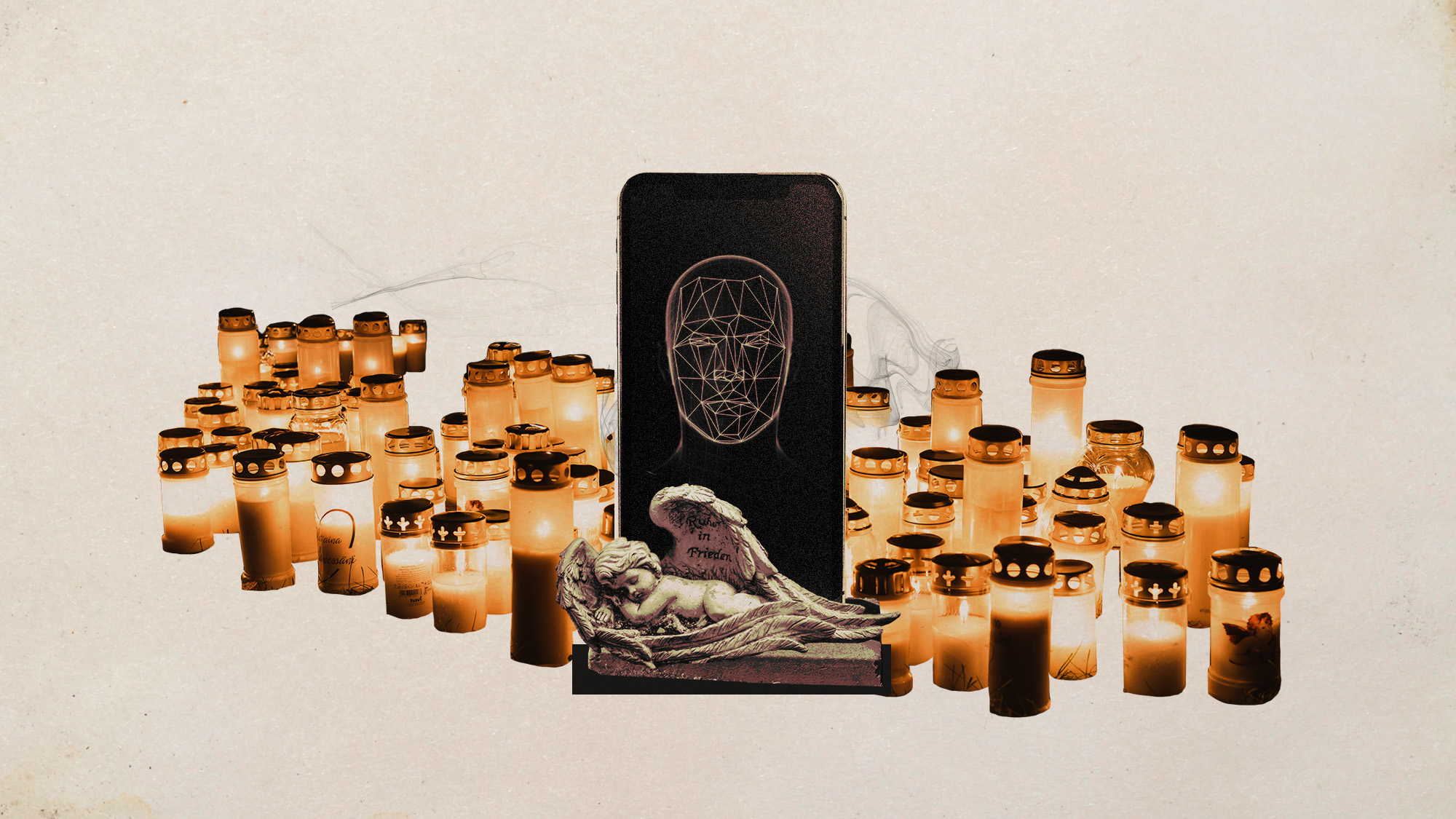Benin: Kings and Rituals, Court Arts From Nigeria
Over the course of several centuries, the Edo people of Nigeria created sumptuous, sophisticated styles of sculpture, jewelry, and
Benin: Kings and Rituals, Court Arts From Nigeria
Art Institute of Chicago
Through Sept. 21
The Week
Escape your echo chamber. Get the facts behind the news, plus analysis from multiple perspectives.

Sign up for The Week's Free Newsletters
From our morning news briefing to a weekly Good News Newsletter, get the best of The Week delivered directly to your inbox.
From our morning news briefing to a weekly Good News Newsletter, get the best of The Week delivered directly to your inbox.
Exhibitions of anthropological artifacts are not supposed to be this “unapologetically gorgeous,” said Kevin Nance in the Chicago Sun-Times. Over the course of several centuries, the Edo people of Nigeria created sumptuous, sophisticated styles of sculpture, jewelry, and furniture. The mostly wooden objects at the Art Institute of Chicago bristle with coral, ivory, and precious gems. But what is most notable is not their splendor but the skillful manner, “at once realistic and subtly stylized,” in which they are carved. “Perhaps the most impressive objects here” are sculptures of animals—enormous snakes, elephants, birds, fish, and “especially leopards”—each identified with one of the Edo’s obas, or kings.
These sculptures purport to chronicle the adventures of the obas in the afterlife, said Alan G.Artner in the Chicago Tribune. But though animal imagery may be “central to the art” and religion of the Edo, the oba sculptures are hardly the apex of their craft. In fact, some of the most artistically sophisticated works here are not three-dimensional sculptures but two-dimensional brass plaque decorations. These “extremely refined” and realistic tableaux once festooned the walls of palace courtyards. In many, “the brute power of depiction often sweeps all before it, especially giving battle scenes and processions of figures on horseback an almost hallucinatory vividness, tough and unforgettable.” Other plaques in the same style, however, are equally confident in creating a sense of “poise and serenity.” The true indication of just how sophisticated Edo craftsmen were is that the many works here “do not just sound the same notes” but gradually create a complex and fully rounded sense of the artists’ society.
A free daily email with the biggest news stories of the day – and the best features from TheWeek.com
-
If/Then
feature Tony-winning Idina Menzel “looks and sounds sensational” in a role tailored to her talents.
-
Rocky
feature It’s a wonder that this Rocky ever reaches the top of the steps.
-
Love and Information
feature Leave it to Caryl Churchill to create a play that “so ingeniously mirrors our age of the splintered attention span.”
-
The Bridges of Madison County
feature Jason Robert Brown’s “richly melodic” score is “one of Broadway’s best in the last decade.”
-
Outside Mullingar
feature John Patrick Shanley’s “charmer of a play” isn’t for cynics.
-
The Night Alive
feature Conor McPherson “has a singular gift for making the ordinary glow with an extra dimension.”
-
No Man’s Land
feature The futility of all conversation has been, paradoxically, the subject of “some of the best dialogue ever written.”
-
The Commons of Pensacola
feature Stage and screen actress Amanda Peet's playwriting debut is a “witty and affecting” domestic drama.


